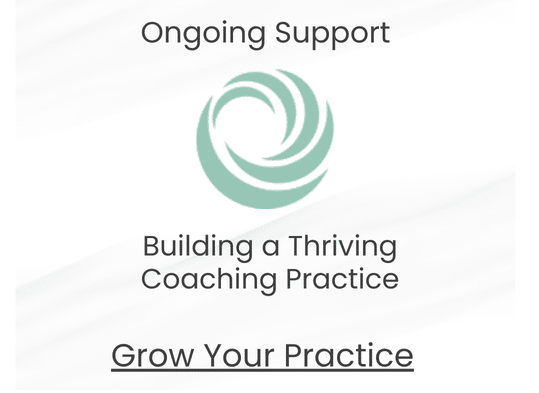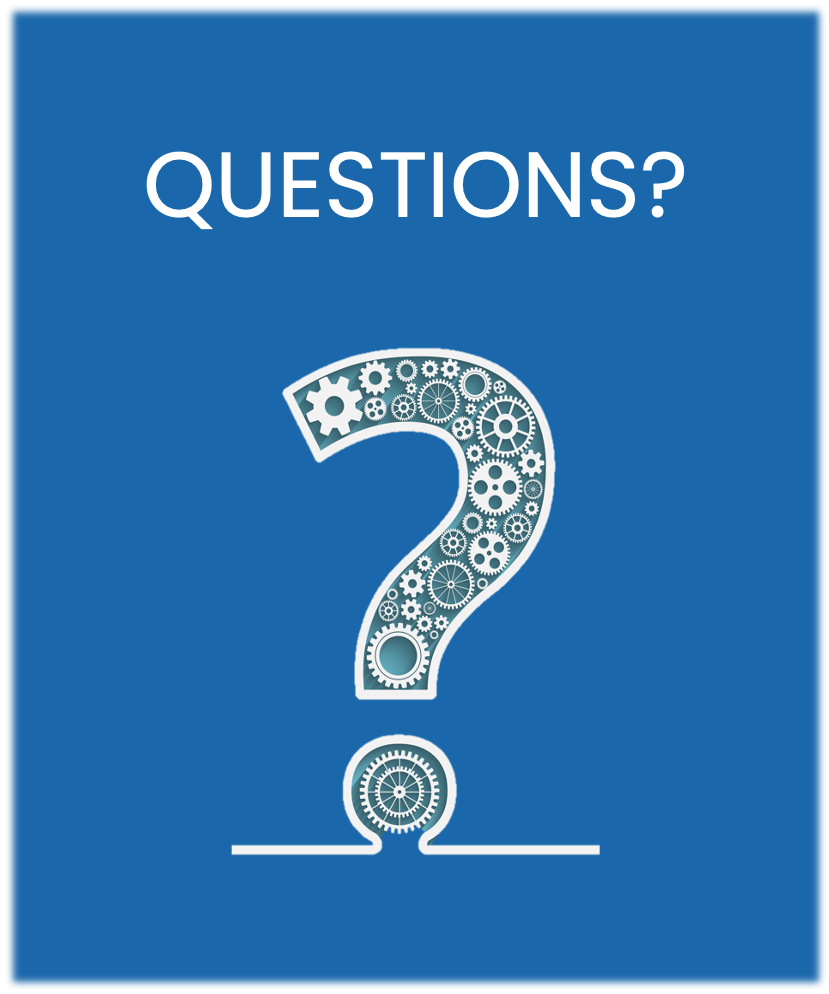by Mina Simhai
In her engaging and practical book The Art of Authenticity, industrial psychologist, executive coach, and CiPP graduate Dr. Karissa Thacker teaches us that authenticity is something we invent, not something we uncover.
When we invent, we create “something that has not existed before.” In contrast, uncovering helps us see what was there all along. Don’t get me wrong—uncovering is important: It’s how we get the ingredients for our invention. Just as we do not have a cake without eggs, flour, and milk, we do not have authenticity just because we have examined our history, thoughts, habits, and values, and uncovered valuable insights. We build authenticity through daily experiments with new, measurable behaviors. (At the end of each chapter, Karissa offers us “Workouts” so we can begin experimenting with authenticity immediately.)
We become more authentic as we take all our unique elements and integrate them into a “whole operating system that is uniquely you.” That’s the invention. Karissa has “invented” with executives at 200 of the Fortune 500 companies; in the Art of Authenticity, she offers us a glimpse into her work and how we can apply those tools to our own quests to become more authentic leaders.
According to Karissa, authenticity is a choice and “a filter through which you view real-time choices.” It’s not something that some people are blessed with and others aren’t. We can all cultivate authenticity through the actions we take each day. The process Karissa offers leaders (based on research by Walumba, Avolio, Gardner, Wernsing, and Peterson) includes
1. Cultivate selves awareness
2. Balanced processing
3. Relational transparency
4. Internalized moral compass.
Cultivate Selves Awareness
Being authentic means “being yourself with skill.” We are all multifaceted individuals, and our roles and environments influence which parts of ourselves we draw on. To be effective, we need to mold our behavior to the situation at hand, without losing ourselves or our values in the process—much like a chameleon changes color to avoid being eaten.
Karissa offers us three ways to be “natural”:
1.Behave according to your traits or dispositions. We all have natural tendencies—maybe we tend to be kind, analytical, or funny—so one way to be natural is to follow our natural tendencies.
2.Adapt to the culture and social norms. The example Karissa gives is pragmatism. She works with extremely pragmatic business people and, over time, she has learned to ditch the psychological jargon and coach her clients in a practical way, even though her natural tendency is to cogitate more.
3.Tune into aspects of you that are like no one else. We are all quirky, and “this level of authenticity requires knowing what you really want, what is important to you, and why.” Once we understand what we value and why, it becomes easier to take actions are not completely in sync with our traits. This is authentic because these behaviors—although they may feel uncomfortable at first—are in line with our deeply held values and goals. In these cases, authenticity requires us to leave our comfort zone so we can pursue our passions more broadly.
The art of authenticity involves skillfully navigating these three ways to be natural, in our daily work and when we hit bumps in the road.
Balanced Processing
We get so used to seeing the world our way that we come to think that the world is the way we see it. —Brian Grazer and Charles Fishman, A Curious Mind.
Balanced processing is the opposite of this quote (which Karissa uses to open Chapter 6). It is the skill of not giving extra weight to your own point of view. Leaders who are good at balanced processing are able to blend their own “thought process with the thought processes of others without a bias towards [their own] view,” Karissa writes. When leaders face a dilemma with no right or wrong answer, the collaborative process of balanced processing often produces the best outcomes. (Sometimes, however, leaders face problems that require a simple action to meet a need—such as picking a venue for a holiday party—and, in these cases, the extra time balanced processing requires may not be necessary or efficient.) Leaders who utilize the tool of balanced processing become adept at recognizing when balanced processing adds value, are able to admit they don’t know, hire smart people, and encourage disagreement.
As you can see, balanced processing can require leaders to check their egos at the door. It also requires openness. It seems ironic that we can be more authentic by inviting influences from others, but we build authenticity when we put our armor down, when we stop pretending we have all the answers and start consulting with intelligent experts to make sure we are asking the right questions. This step on the authenticity journey requires courage and humility.
Relational Transparency
It’s easy to see how transparency contributes to authenticity—both are considered genuine and real. Authentic leaders create environments where honest conversations are valued and possible. The idea of transparency at work begs the question: What, exactly, should we be revealing? We are still talking about a business setting, so we focus on transparency that creates business results. People in the company need to feel comfortable discussing losses, mistakes, and what is not working; these dilemmas cannot be addressed if they are not acknowledged.
Emotional transparency—especially in this age of social media—is important, too, and individual leaders must decide for themselves how much to disclose. Karissa points out that total transparency is a myth: Leaders do not need to bare all! When using transparency effectively, authentic leaders are proactive. They tell their stories in an intentional, thoughtful way that conveys the values that they espouse.
Internalized Moral Compass
This component of authentic leadership requires us to behave in alignment with our values, and the first step is overcoming our self-righteousness. Rather than focusing on the ways in which others are hypocritical, we shine the light on ourselves and our own shortcomings. Secondly, we need to be clear what our values are so we can align our actions with them. Once we have identified our values, we also want to find an organization that closely mirrors them or, if we are at the top, create that environment at our company. Why? Because our environment affects the way we act much more than we realize.
At the end of Chapter 8, Karissa offers us this tool for building the ethical muscle: Identify a specific value. Write about a time when you didn’t fully act according to your value. Then write about two times when you did. Do it for a week and notice how the exercise affects your behavior. What do you discover?
Inventing Authenticity
Inventing authenticity in our own lives requires us to choose authenticity. Once we make that choice, Karissa’s book offers us many tools to guide us. The journey will take hard work, action, and introspection. It will allow us to see ourselves more clearly—the beautiful parts and the ugly parts—and, ultimately, to become better leaders.
Mina Simhai earned her Certificate in Positive Psychology from the Wholebeing Institute, and served as a teaching assistant for CiPP4. She is also a recovering lawyer, yoga teacher and mother. Her latest project is bringing the tools of positive psychology to lawyers and others in the DC area and across the country. Her top strengths are judgment, love of learning, curiosity, love, and appreciation of beauty. Mina is an avid reader and looks forward to launching the WBI Book Club with you.










